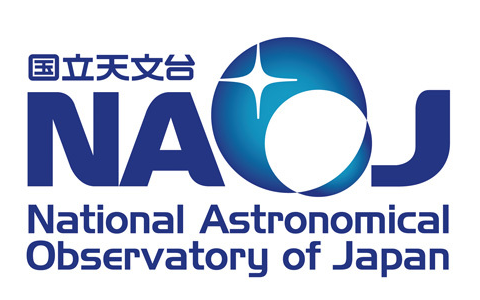This is an important discovery as it is the first, clearest, trace of a massive first-generation star found to this date. It confirms the theory that such massive stars — 140 times heavier than our Sun — formed very early in the Universe.

A team of astronomers from Japan and China discovered a strange star floating at the edge of our Milky Way galaxy. On a closer look at the star’s chemistry, astronomers think they might have just uncovered a galactic treasure. Could this star be the stellar relative of one of the firstborn stars in the Universe? Let’s find out!
For almost a hundred thousand years after the Big Bang, our Universe was a cold and dark place. It was mostly made of hydrogen and helium atoms. A hundred million years later, the dense regions of these atoms began to collapse due to gravity, giving birth to the first galaxies and the first stars.
Scientists think that the first generation of stars, also known as Population III stars, are massive, more than a hundred times heavier than our Sun. Such huge stars would have only lived for a short while and might have fully exploded leaving no clue behind to study them further. Astronomers think that studying gas released from stellar explosions is crucial to trace the first stars in our Universe.
The gases released by the explosion of the massive first stars, can later become part of the next generation of stars. Just like how we carry on the genetic footprint of our ancestors, the second-generation of stars carry pure traces of the chemical footprint of the very first stars in the Universe. However, scientists think that supernovae further down the family tree will wipe out any pure traces of the very first stars. And so astronomers have been on the hunt for the oldest remaining stars with little luck — until now.
While studying some of the oldest stars in the Milky Way using the Chinese survey telescope LAMOST and the National Astronomical Observatory of Japan (NAOJ), astronomers discovered LAMOST J1010+2358. The stellar stranger is located 3000 light years away from Earth, in the direction of constellation Leo and is slightly less massive than our Sun. After carefully studying the chemical mixture of LAMOST J1010+2358, astronomers found that it matched the expected chemical footprint of a first-generation star.
Image: An optical image of LAMOST J101051.9+235850.2 taken from SDSS. (Credit: SDSS/NAOJ)


















